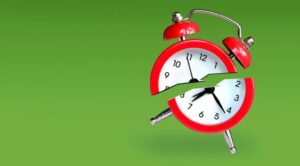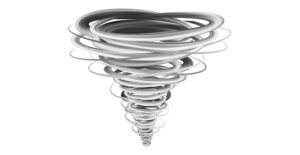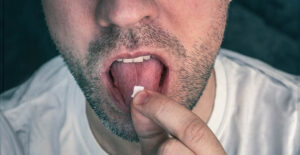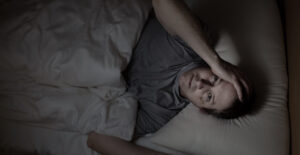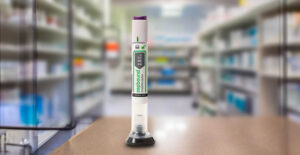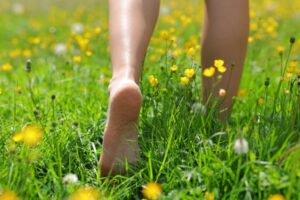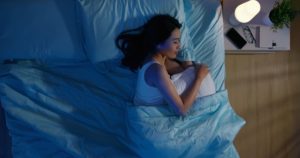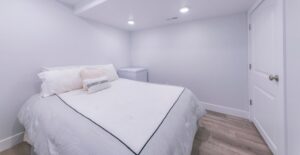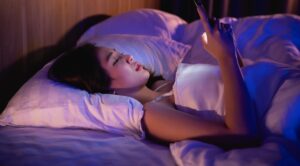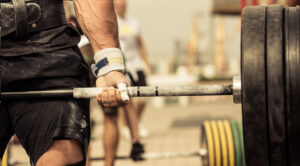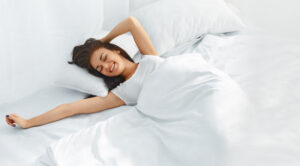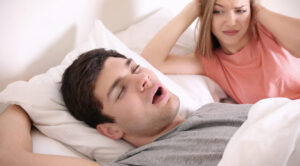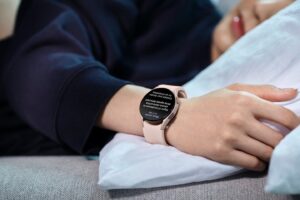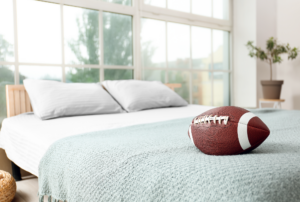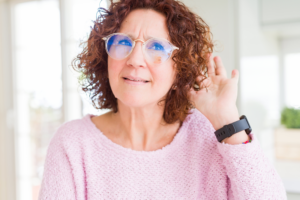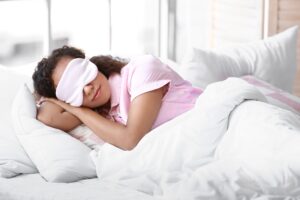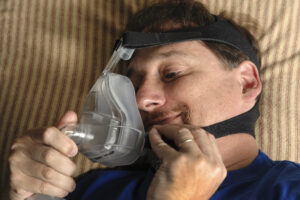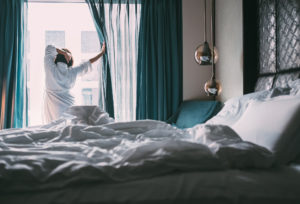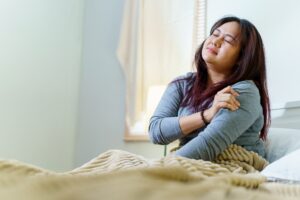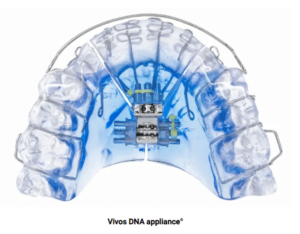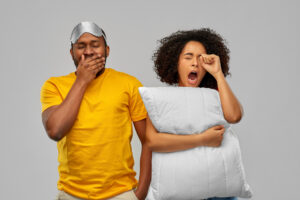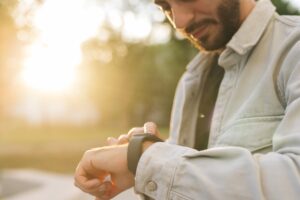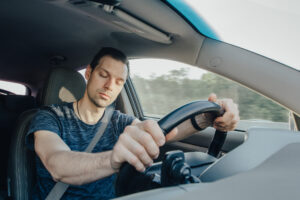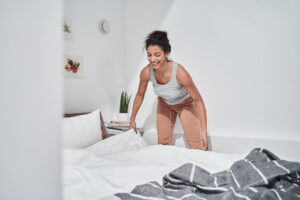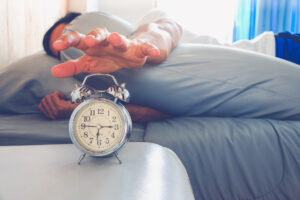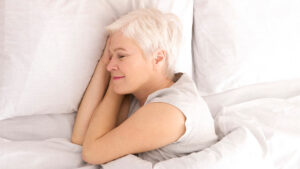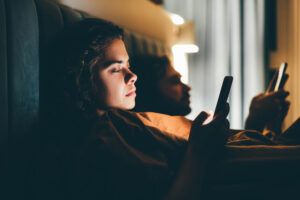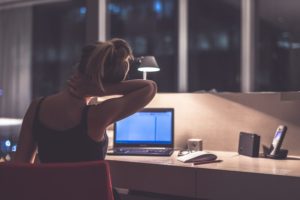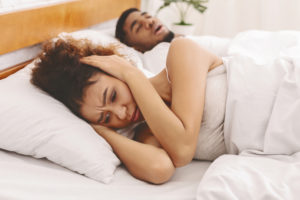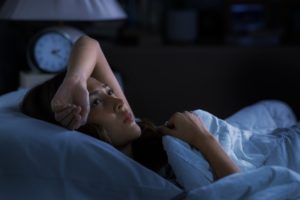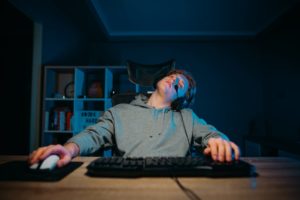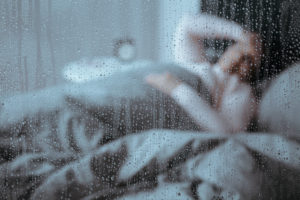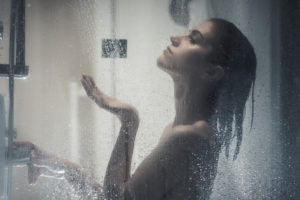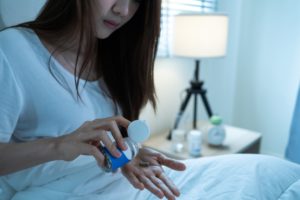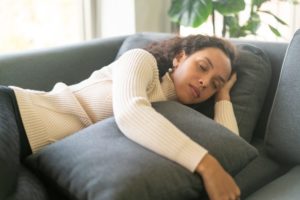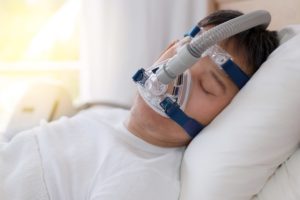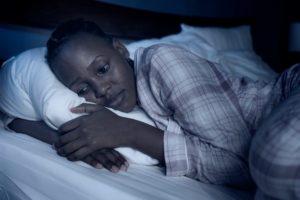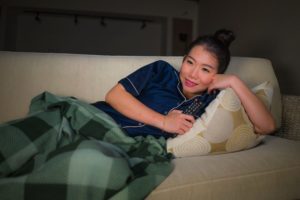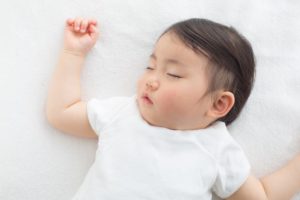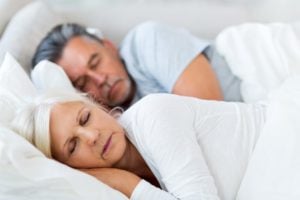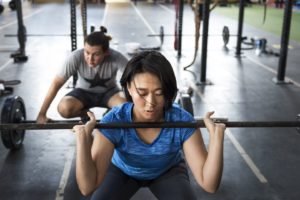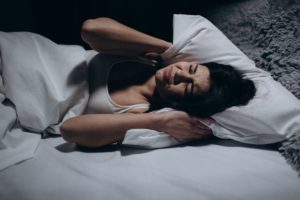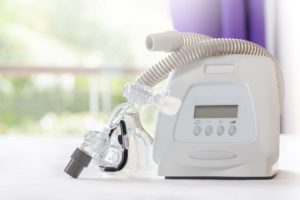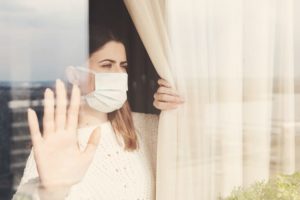New Research Evaluates Accuracy of Sleep Trackers
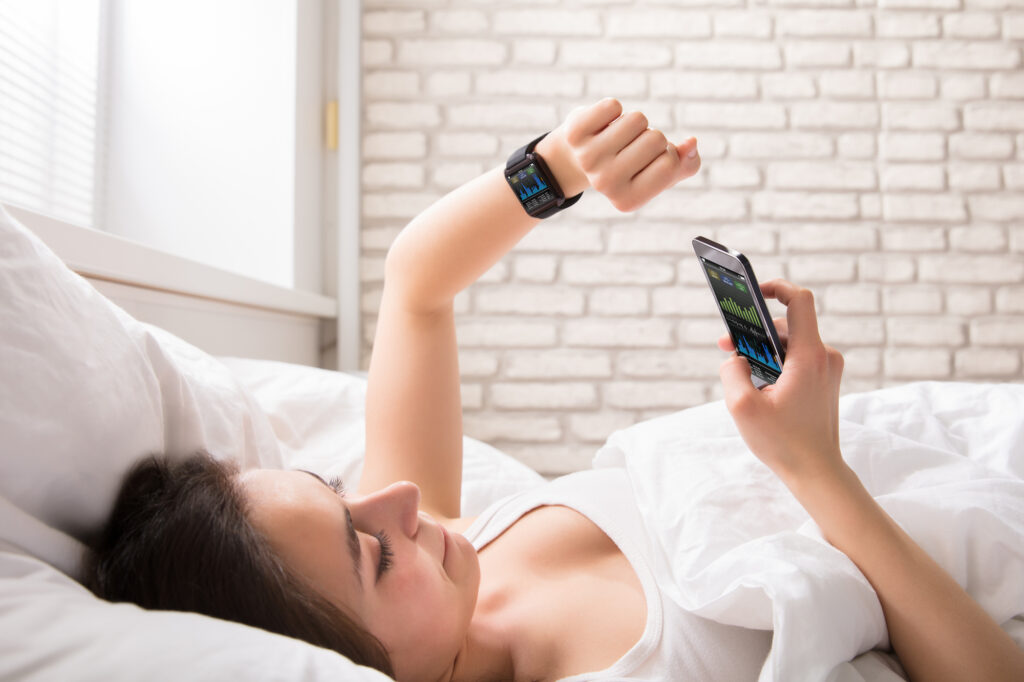
Commercially available sleep trackers, like a Fitbit watch or Oura ring, can conveniently gather personalized sleep data, giving you a fuller picture of your overall sleep health.
This advantage, combined with their relatively low cost and easy accessibility, contributes to their enormous popularity. Some estimates claim one in three Americans have used a sleep-tracking device, with 78% finding them helpful and 68% saying they changed their behavior based on the data. But just how accurate are the numbers popping up in your tracker’s app each morning?
According to a 2024 review, multiple studies involving participants across age groups suggest that consumer sleep-tracking devices perform as well, or even better, than actigraphy. Actigraphy is a sleep test based on data collected from a wrist-worn device that is only available from a medical professional or through a lab-based study. Doctors use these devices to help diagnose sleep issues, such as insomnia and other sleep disorders.
The same review also states that consumer sleep trackers show promise in overtaking actigraphy to become the main tools of sleep research in the near future. This is partly due to their ability to collect accurate data over a long time without much effort or notice by the wearer. These features make long-term, population-based sleep studies using these trackers more feasible.
Still, it’s important to keep in mind that there are limitations to the data sleep trackers collect. Research from the journal Sports has shown that commercial devices are good at detecting periods of sleep but less effective at determining wake periods. This means trackers may overestimate the overall time a wearer spends asleep each night.
Another study from 2021 published in the journal Sleep evaluated the performance of seven sleep trackers and actigraphy compared to the gold standard polysomnography (PSG), a sleep study performed in a lab. The researchers concluded that while the commercial wearables show promise in tracking when a person is awake or asleep, they need to be more sensitive to accurately detect sleep stages. The time spent in each cycle and the total number of cycles each night are important aspects of sleep health that commercial trackers may misreport.

According to a more recent 2023 study, commercial trackers have some key advantages over actigraphs. For example, the wearer can easily charge it at home, while an actigraph must be returned to the lab or clinic for charging. Commercial trackers often supply extra data like heart rate and oxygen levels and provide information directly to the wearer, while actigraphs do not. However, the study authors say the primary limiting factor for commercial wearables is the lack of studies that corroborate their accuracy compared to actigraphy or polysomnography (PSG).
Doctors use PSG to diagnose sleep disorders, but the tests can be expensive, the equipment cumbersome, and the data gathered requires an in-lab evaluation by a specialist. By contrast, the simplicity of an accurate wearable sleep tracker is an attractive alternative.
More research is needed to verify the reliability of wearables, especially as the technology continues to evolve and improve. But for now, store-bought trackers remain a practical, cost-effective tool for monitoring individual sleep habits for personal use. What’s more, their accuracy compared to actigraphs means wearers can expect data that’s on par with some research-grade sleep-tracking devices.
Got a hot tip? Pitch us your story idea, share your expertise with SleepFoundation.org, or let us know about your sleep experiences right here.
References
6 Sources
-
Celmer, L. (2023, November 15). One in three Americans have used electronic sleep trackers, leading to changed behavior for many. American Academy of Sleep Medicine – Association for Sleep Clinicians and Researchers., Retrieved February 7, 2024, from
https://aasm.org/one-in-three-americans-have-used-electronic-sleep-trackers-leading-to-changed-behavior-for-many/ -
Jaiswal, S. J., Pawelek, J., Warshawsky, S., Quer, G., Trieu, M., Pandit, J. A., & Owens, R. L. (2024). Using new technologies and wearables for characterizing sleep in population-based studies. Current Sleep Medicine Reports.
https://link.springer.com/article/10.1007/s40675-023-00272-7 -
Driller, M., Dunican, I. C., Omond, S. E. T., Boukhris, O., Stevenson, S., Lambing, K., & Bender, A. M. (2023). Pyjamas, Polysomnography and Professional athletes: The role of sleep tracking technology in sport. Sports, 11(1), 14.
https://www.mdpi.com/2075-4663/11/1/14 -
Chinoy, E. D., Cuellar, J. A., Huwa, K. E., Jameson, J., Watson, C., Bessman, S. C., Hirsch, D. A., Cooper, A., Drummond, S. P., & Markwald, R. R. (2020). Performance of seven consumer sleep-tracking devices compared with polysomnography. Sleep, 44(5).
https://academic.oup.com/sleep/article/44/5/zsaa291/6055610 -
Patel, A. K. (2022, September 7). Physiology, sleep stages. StatPearls – NCBI Bookshelf.
https://www.ncbi.nlm.nih.gov/books/NBK526132/ -
McMahon, M., McConley, I., Hashim, C., & Schnyer, D. M. (2023). Fitbit validation for rest-activity rhythm assessment in young and older adults. Smart Health, 29, 100418.
https://www.sciencedirect.com/science/article/abs/pii/S2352648323000466?via%3Dihub

